We used to have to wait until late February, or even early March, to find birds that are making their way northward. No longer! Red-winged blackbirds and common grackles were then and still are the first migrants to arrive. Nancy Nordin spotted a red-winged blackbird at her feeders on Feb. 1. Allan Keith had his first red-wing of the season at his feeders on Feb. 8. Ned Casey had two grackles visit his feeders on Feb. 10.
Feb. 12 was a banner day: Olsen Houghton had his first grackles and red-wings visiting his feeders, Allan Keith spotted two males and a female, and Matt Pelikan heard both grackles and red-wings calling in his Oak Bluffs neighborhood.
Another sign of the approaching spring is observing the winter resident diving ducks conducting their courtship displays. Cynthia Bloomquist and Thaw Malin noted common goldeneyes courting in the Vineyard Sound near The Brickyard at Menemsha Hills. Look for the male’s head flips — all the way back to their backs — and listen for the sort-of squeaky sounds.
Let’s not forget that American woodcocks are also courting, although it is hard to tell if there are any females around and listening to them. This week we have reports of courting woodcocks from Shea Fee at Wasque on Feb. 10, from Bob Shriber along Moshup Trail on Feb. 10 and from the right fork of South Beach State Park on Feb. 11, observed by the Martha’s Vineyard Bird Club. If memory serves me correctly, we used to have to wait until March or April to hear these amazing displays.
Allan Keith reports that the 60 to 70 Canada geese that frequent the fields of the Keith Farm are starting to pair up.
Global weirdness strikes again!
The Martha’s Vineyard Bird Club had a field trip to Katama on Feb. 11. One of their unexpected sightings came as they were looking at a stand of phragmites, an invasive species that often is devoid of wildlife. Not this time. A ruddy duck emerged and was seen by all.
Belted kingfishers are present at a few of our ponds at this time of the year. But how many? Since late January we have only had six sightings: Sharon Simonin on Jan. 28 in Chilmark, Nancy Nordin on Feb. 5 at Tisbury Water Works, Margaret Curtin on Feb. 5 at the southern end of Lagoon Pond, Lisa Maxfield and Nancy Nordin on Feb. 8 at Brush Pond and Margaret Curtin again on Feb. 11 at the Vineyard Community Lands Cranberry Acres bog. I think we have more kingfishers than that but I do not have the data to support that opinion.
Northern mockingbirds seem to be equally sparse at this time of the year, with only four sightings in the past month. On Jan. 17 Cynthia Bloomquist spotted one near the West Chop Lighthouse. On Jan. 28 Nickilas Paulson found one at the Oak Bluffs pumping station and another at the Gay Head Cliffs.
On Jan. 29 Thaw Malin and Cynthia Bloomquist observed one at the Squibnocket Herring Run and on Feb. 5 Nancy Nordin saw one at Seven Gates Farm.
There are more sightings of northern flickers, perhaps because they visit bird feeders. Multiple observers found at least one flicker at Felix Neck between Jan. 27 and 30. Cynthia Bloomquist and Thaw Malin saw one at the Squibnocket herring run on Jan. 29; Matt Born observed one near Red Beach on Feb. 1; Luanne Johnson saw one at her Oak Bluffs feeders on Feb. 4; and I saw one at my feeders on Feb. 5. Nancy Nordin found one at Brush Pond on Feb. 6 and Shea Fee found two, one at Wasque on Feb. 9 and another on Pocha Road on Feb. 11.
Elsewhere in this week’s paper is an article about a Feb. 11 presentation by Dan Proulx, a former animal control officer from northeastern Massachusetts with lots of experience dealing with coyotes. His talk was well attended since coyotes have apparently now established themselves on Martha’s Vineyard, with evidence of maybe five or six coyotes having swum across the Sound from the Cape.
The gist of Mr. Proulx’s talk was that we can keep the coyotes from becoming pests if we actively chase them away from our houses by making loud noises — yelling or banging pans or other metal objects together — and waving our arms above our heads to make us look as big as possible. Turns out a coyote is a scaredy-cat.
He pointed out that they are omnivorous scavengers that eat mice and other small animals, including unprotected cats and dogs. He recommended ways to keep our pets safe by keeping them indoors and keeping them on a short leash when outside.
He also related coyotes to avian predators such as red-tailed hawks, great horned owls and barn owls. The anticoagulant poisons we use to kill mice and rats is a blood thinner that kills target animals slowly; poisoned mice act oddly and are easily caught by predators so the poison builds up in the predator’s body, preventing clotting so minor wounds keep bleeding, causing loss of mobility, liver failure and slow death.
There is hope for better rodent control; a technique being developed attracts rats and mice to an enclosed box and once inside the box the pest is killed quickly. The dead rodent is kept inside the box until we safely dispose of the carcass without poisoning any predators.
The two-hour program was recorded by MVTV and may well be on their website for on-demand viewing by the time you are reading this. I encourage everyone to watch the video and learn about coyotes, which are likely here to stay.
Please email your sightings to birds@vineyardgazette.com.
Robert Culbert is an ecological consultant with Nature Watch LLC living in Vineyard Haven.


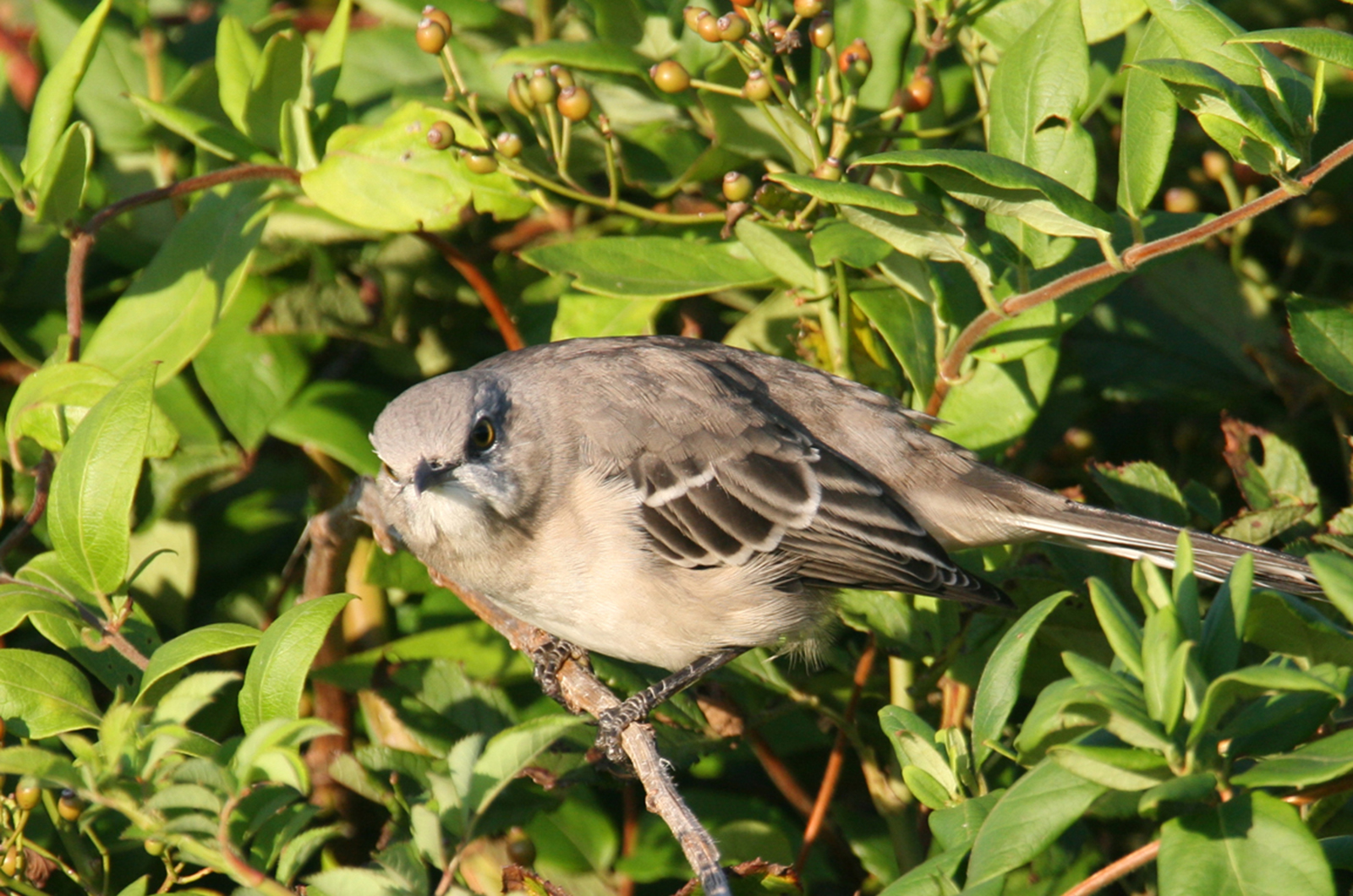
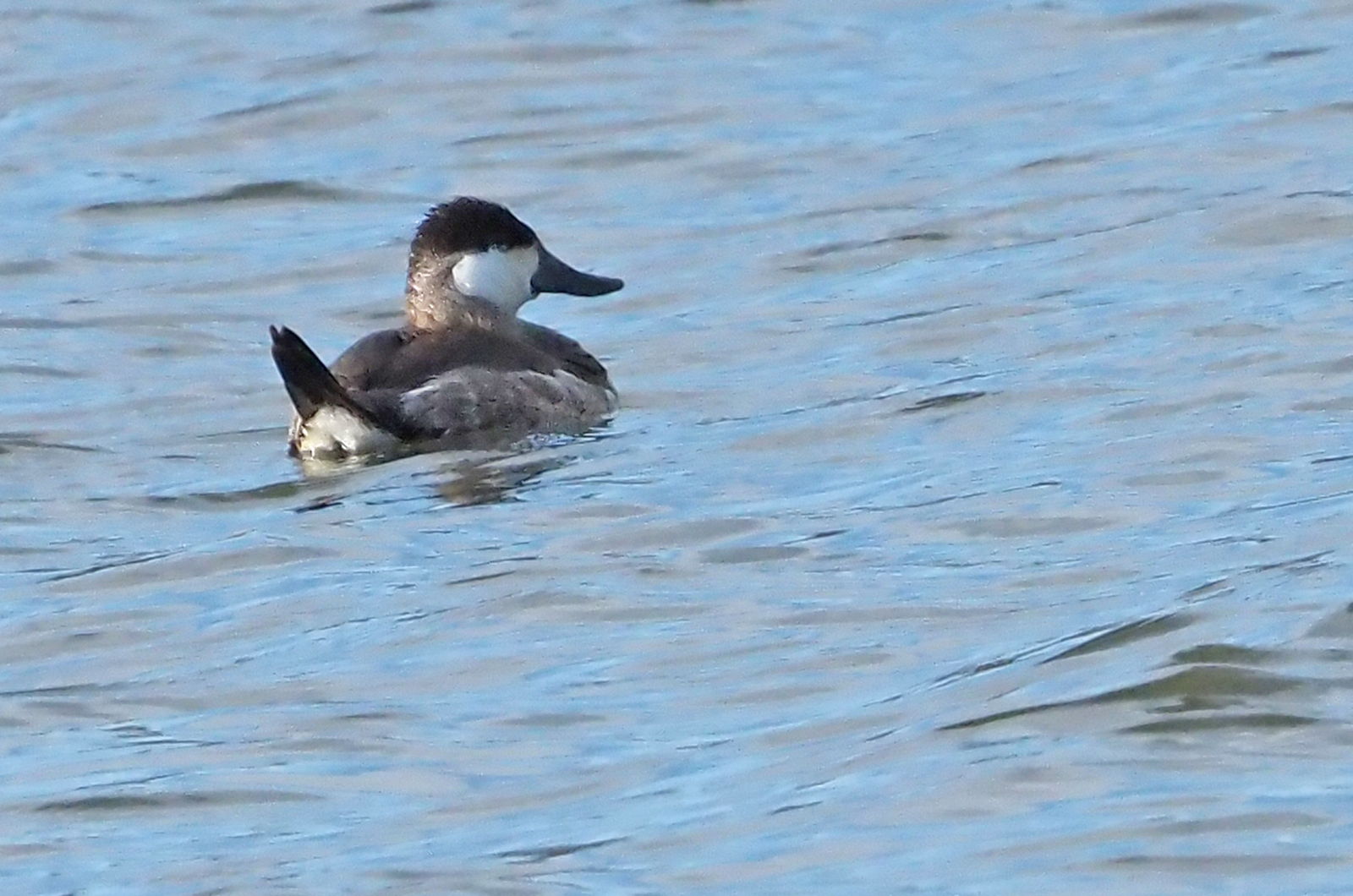
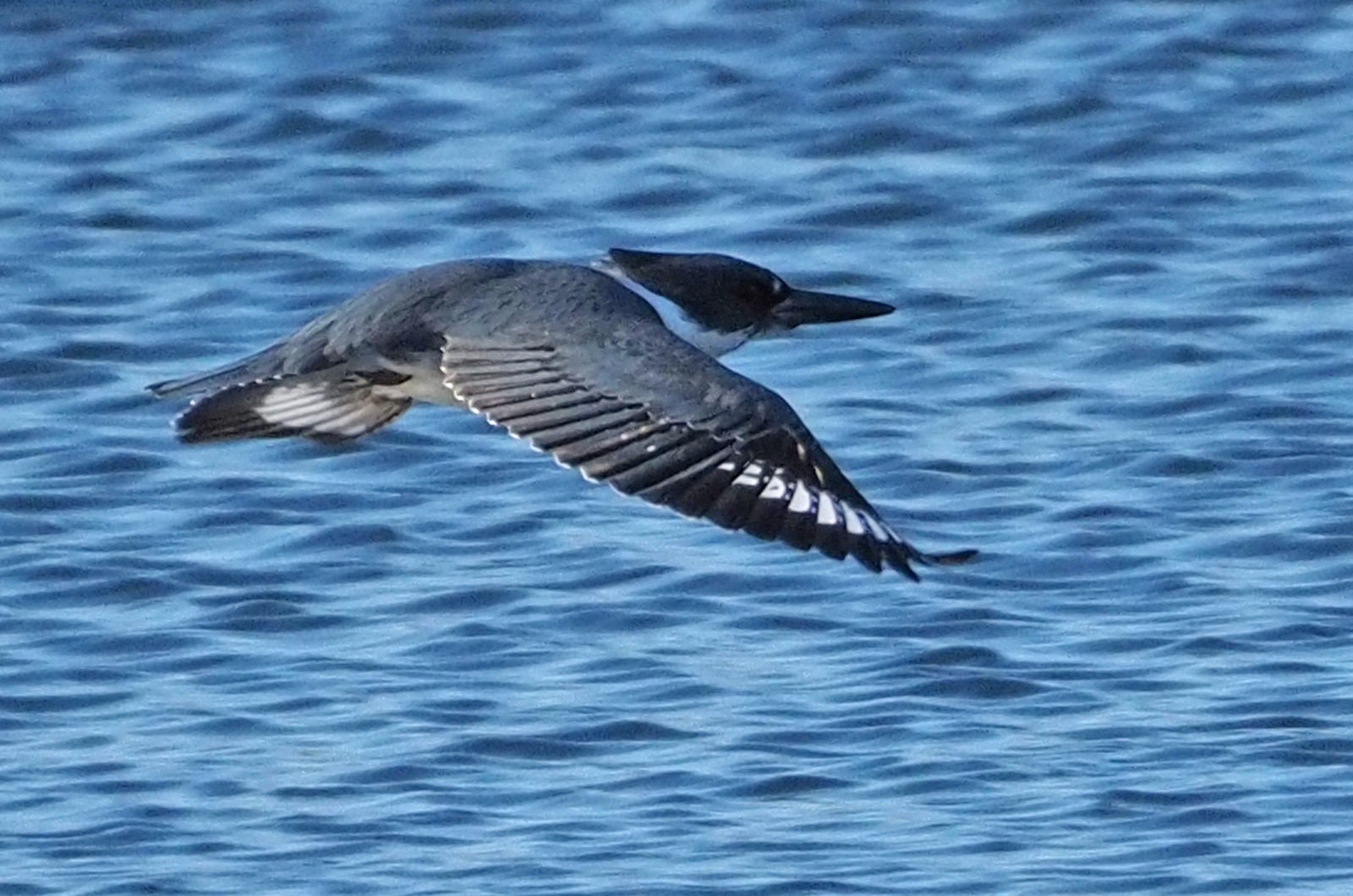
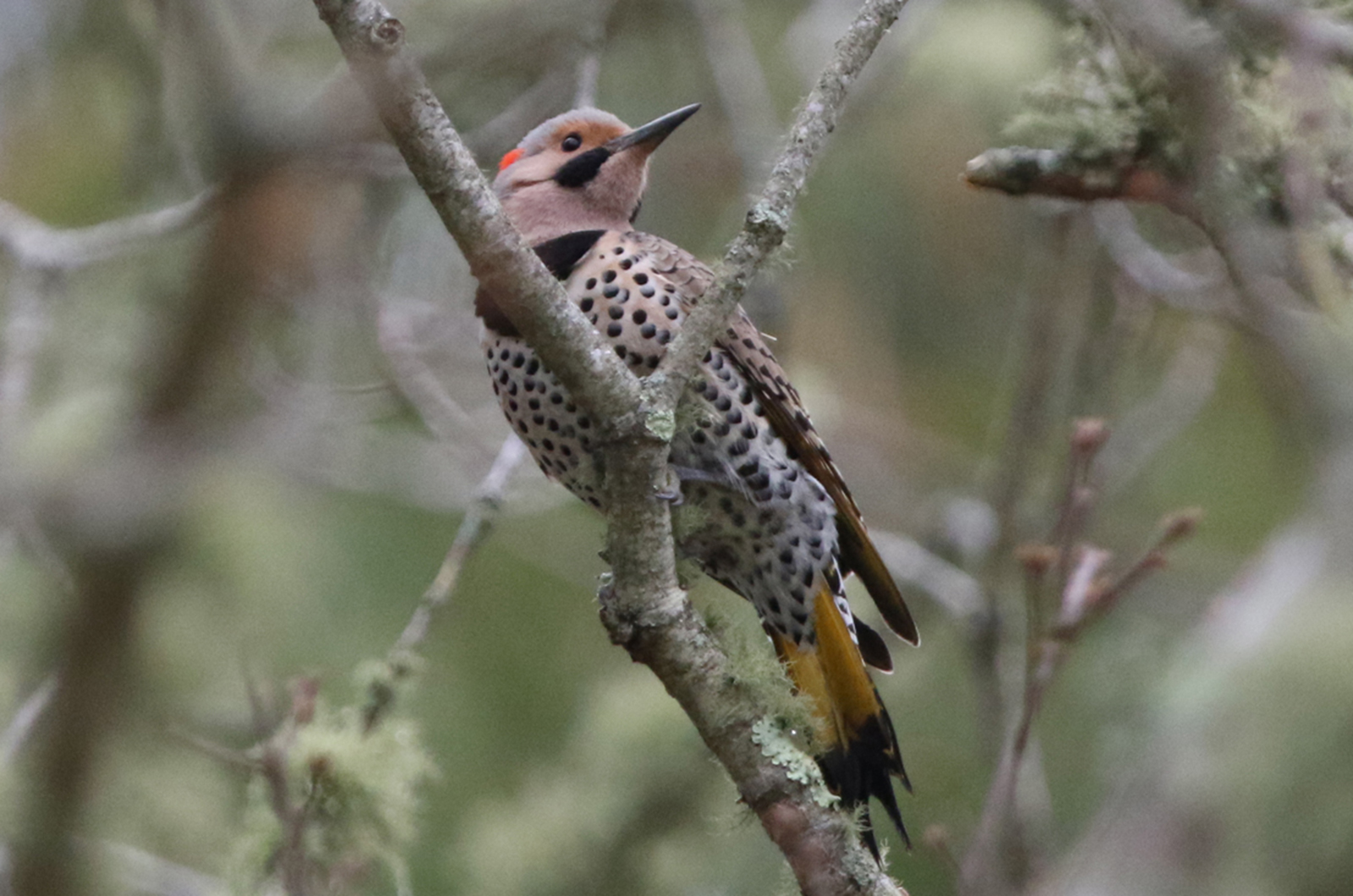
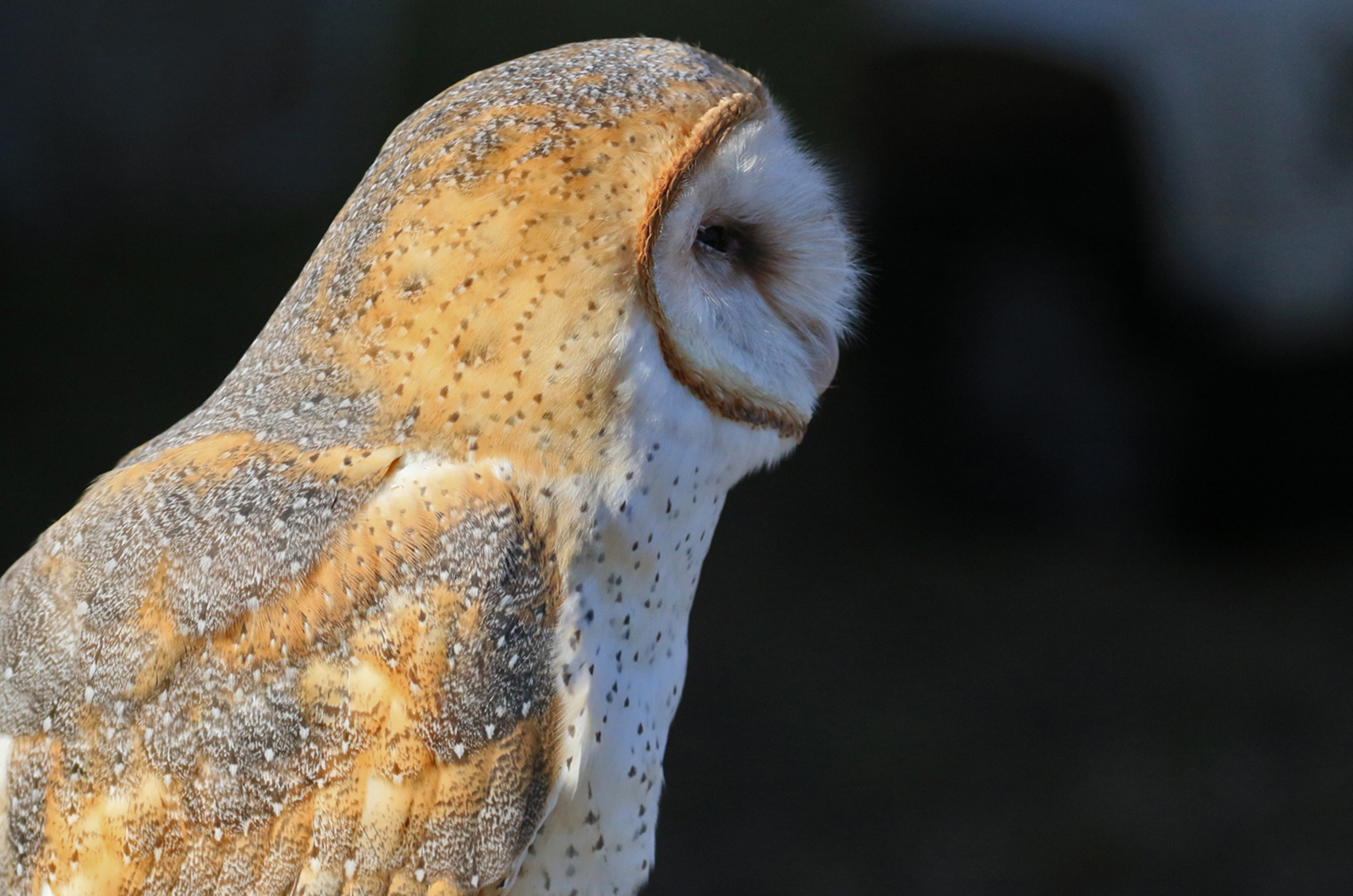


Comments
Comment policy »